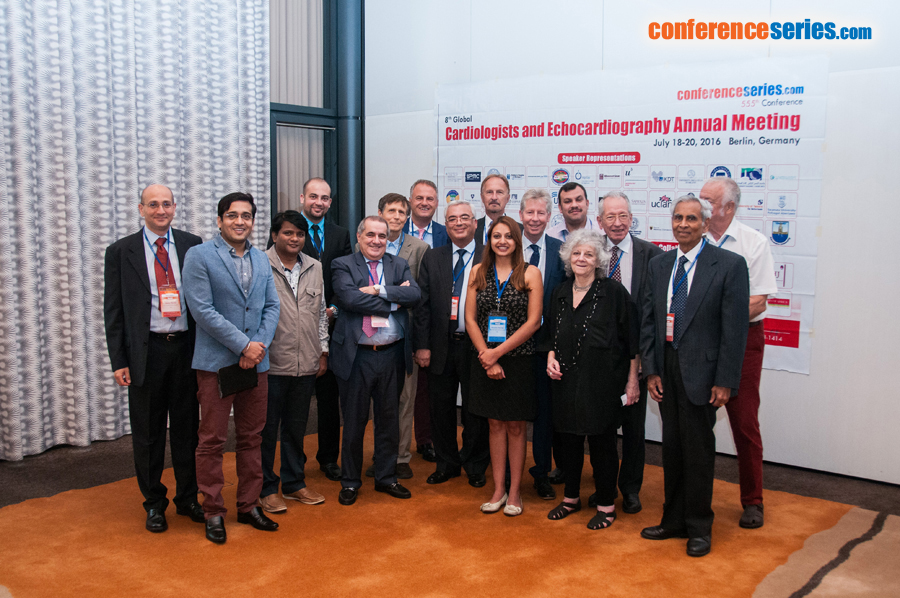
Alfredo E Rodriguez
Centro de Estudios en CardiologÃa Intervencionista, Argentina
Title: Cardiac rupture in Takotsubo cardiomyopathy
Biography
Biography: Alfredo E Rodriguez
Abstract
Takotsubo cardiomyopathy (TCM) was characterized by transient left ventricular dysfunction usually involving antero apical and infero apical regions of the myocardium with ST segment changes or T-wave inversion and minimal release of cardiac enzymes in the absence of significant coronary artery disease (CAD). TCM was in general associated with good prognosis, although a minority of patients develops severe hemodynamic complications, including cardiogenic shock, life threatening arrhythmias and cardiac rupture (CR). Isolated left ventricular impairment is the most common variant of this entity, but right ventricular involvement is also recognized and was associated with poor prognosis. Until January 2015, 14 cases of CR have been reported; included right or left ventricular wall rupture or ventricular septal perforation (VSP) VSP was reported in 4 cases 2 of them who survived were treated with open heart surgery. We are reporting the case of a female patient with acute T waves changes in antero-lateral leads in basal ECG, minor enzymes elevation; anterior and apical hipokinesia of the left ventricle and hipokinesia of the right ventricle observed at admission with trans-thoracic echocardiography (TE) and without significant CAD in the coronary angiogram, four days later she develop cardiogenic shock with left and right severe heart failure and in a new TE a VSP was observed and was located at 10mm of the left ventricular apex. The VSP was repaired successfully percutaneously using an Amplatzer device. Patient had a rapid improvement of her ventricular function and had hospital discharge three days later. TCM can be associated with severe complications including cardiac rupture and VSP. At our knowledge, this is the first reported case in the literature using a percutaneous endovascular technique to repair it.




